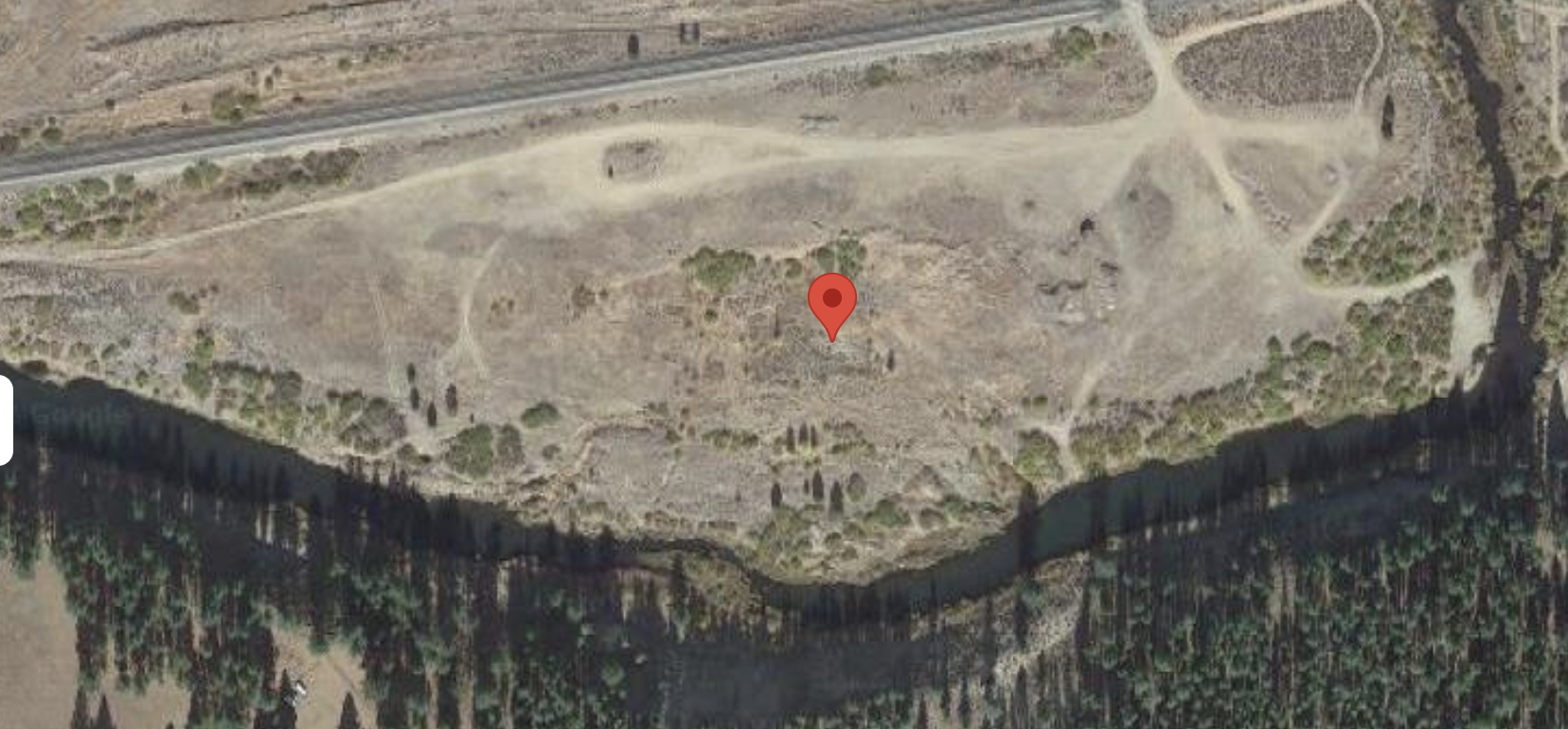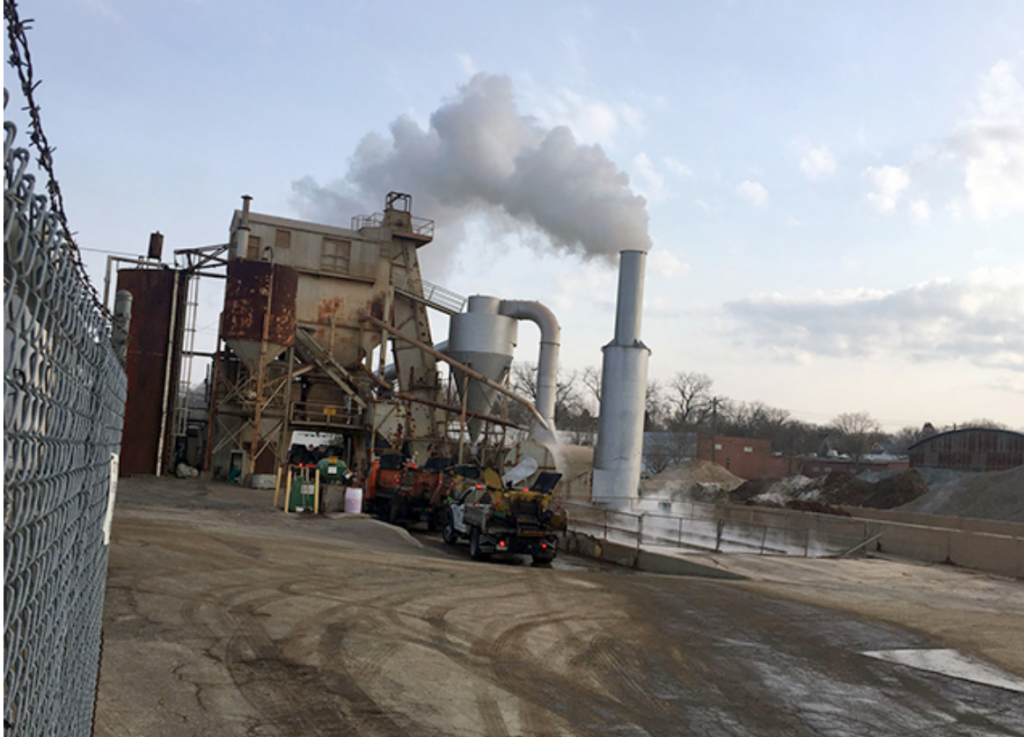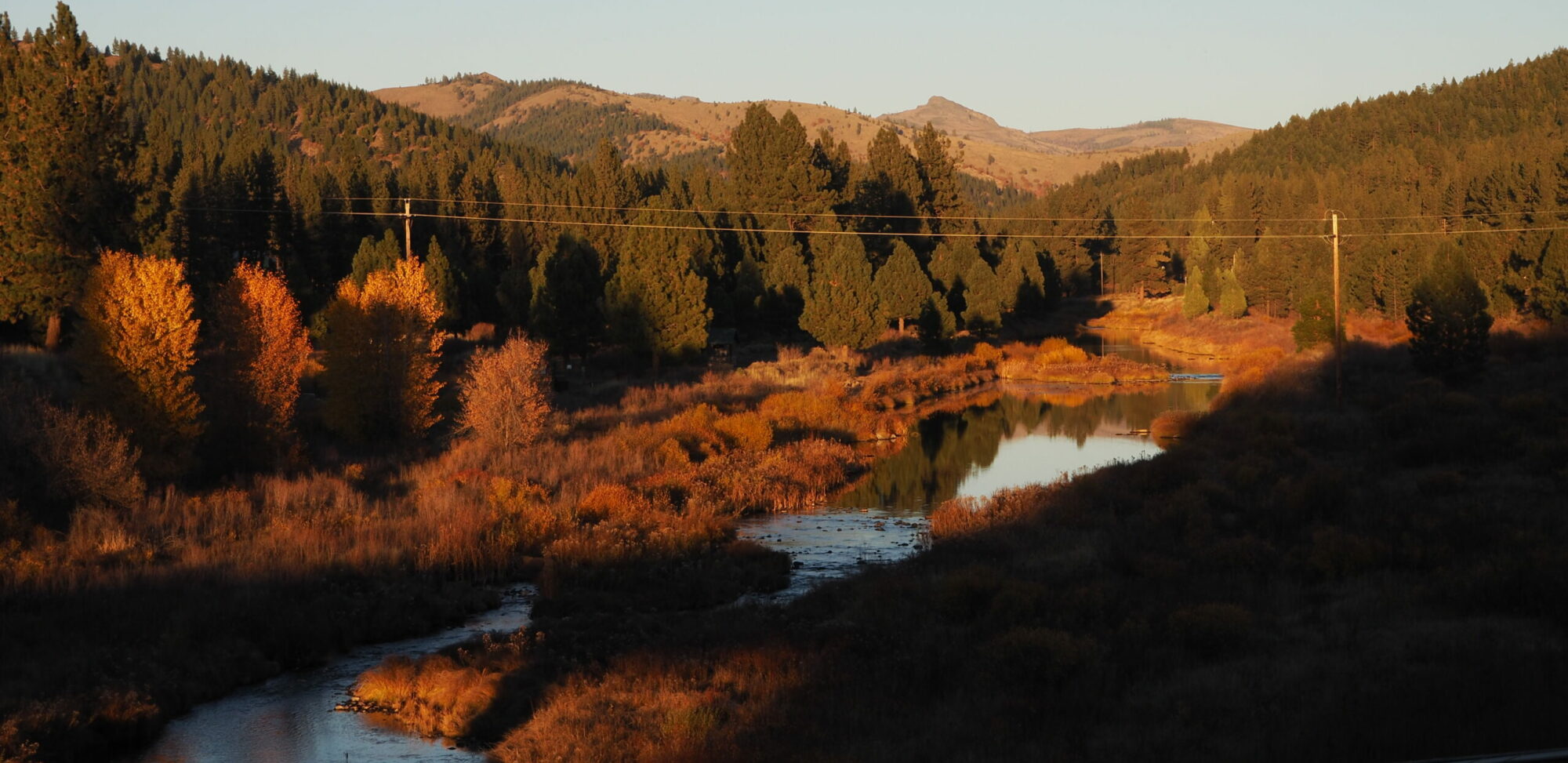
According to a public notice published May 10th, 2023, Hat Creek Construction Company, contractor for Caltrans, is planning to construct a “temporary” asphalt plant directly adjacent to the Feather River in Delleker, 2000 feet south (and upwind) of the Delleker residential area, and only 500 feet from homes in the Iron Horse community across the river. The operation would run from April to November, from 6am to 6pm, up to 24 hours/ day for 3 years (but probably longer) mainly to supply Caltrans with asphalt for its Highway 70 repaving project.
The project would generate at least 150 round trip truck trips per day, all crossing the railroad at an uncontrolled crossing, risking accidents and derailments, including possible oil spills directly into to the river. Even in the best case scenario, the plant would pollute the land and the river, which provides drinking water to more than 27 million Californians. If Plumas County is serious about protecting the river and the watershed, as is stated on the Feather River Tourism Association website, this plant cannot be permitted to proceed.
The Humbug Valley (including Portola) is already in federal non-attainment status for the air pollutant PM 2.5, which is increasingly being linked to asthma, respiratory diseases, even cancer and brain damage including cardiovascular damage, stroke, and dementia. With dense smoke from wood burning in the winter, and wildfire smoke in the summer and fall months already burdening the health of the population, an asphalt plant would only add to the health and environmental challenges the area faces. Portola residents report that odors from the sewage treatment plant are routinely carried into town by prevailing westerly winds. Asphalt fumes would likely travel directly into Iron Horse, Delleker and Portola for much of the year, making it impossible for residents to cool their homes by opening windows at night. Only those who can afford air conditioning would be able to keep cool during heatwaves. The noise of the operations would reverberate around the entire valley. In addition to being irritating, noise pollution is associated with heart disease, and other serious diseases. Sadly this is another case of environmental classism, forcing lower income people to bear the brunt of pollution.
The impacts of asphalt plants are well known, and Caltrans and Hat Creek should not be so irresponsible or out of touch to locate one near a residential community and directly next to the Feather River.
The site was historically Feather River floodplain land, and will one day likely revert to being a part of the river again. Given forecast higher river flows in the future, that day may come sooner that we think. All the asphalt byproducts would wash into the river, down to Lake Oroville where they would pollute agricultural water and drinking water.
Several years ago, Hat Creek purchased a 713 acre plot of land in North Portola and planned to construct a sand mine and asphalt plant but were stopped by strong community opposition including from Feather River Action! (FRA!) in 2021, and the land was purchased by local resident Linda Judge and Plumas Sierra Partners to preserve the open space and prevent the mine.
Now Hat Creek is back with an equally ill conceived plan that would harm the entire Portola area. In order to stop this plan, the public needs to get involved now to learn more about the plan and take action. See below.
What you can do:
1. Read the environmental documents and learn more about the project and its impact on the community. Go to this website, and click on “download all attachments” at the bottom of the page to download the environmental documents. Hat Creek and Caltrans are trying to get away with a “mitigated negative declaration” but this project, given its location to the protected Feather River, should be required to do a full environmental impact report (EIR) or be withdrawn.
2. Submit a comment opposing the plant to the Plumas County Planning Department, deadline June 10th, 2023. Send to TimEvans@countyofplumas.com or mail to Tracey Ferguson 555 Main Street, Quincy, CA 95971
3. Volunteer to help FRA! alert and mobilize the public in the area. We could use donations, volunteers, etc. as soon as possible Contact us for more info.


